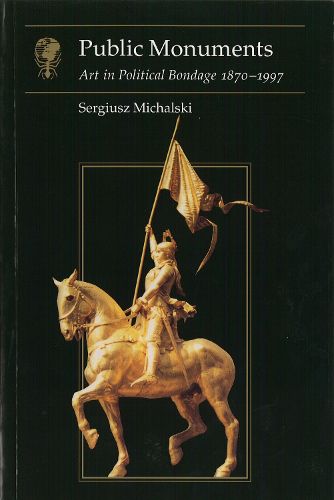Readings Newsletter
Become a Readings Member to make your shopping experience even easier.
Sign in or sign up for free!
You’re not far away from qualifying for FREE standard shipping within Australia
You’ve qualified for FREE standard shipping within Australia
The cart is loading…






Public monuments to significant individuals or to political concepts are familiar enough, but the notions underlying them are not so obvious. This work traces the history of the public monument from the 1870s, when erecting them became an artistic, political and social preoccupation, to today, when the distinction between public monuments and public sculpture is increasingly blurred. The author sets out to show how, in its golden age (up until 1914), the public monument served the purpose of both education and legitimization. The French Third Republic, for instance, envisaged the monument as a symbol of bourgeois meritocracy. In more recent decades the public monument has been charged with the task of commemorating and symbolizing one of mankind’s most terrible catastrophes - the Holocaust. Today, although the artistic failure of countless European war memorials has signalled the beginning of the demise of the public monument in the West, it continues to flourish elsewhere, commemorating despotic leaders such as Kim Il Sung to Saddam Hussain.
$9.00 standard shipping within Australia
FREE standard shipping within Australia for orders over $100.00
Express & International shipping calculated at checkout
Public monuments to significant individuals or to political concepts are familiar enough, but the notions underlying them are not so obvious. This work traces the history of the public monument from the 1870s, when erecting them became an artistic, political and social preoccupation, to today, when the distinction between public monuments and public sculpture is increasingly blurred. The author sets out to show how, in its golden age (up until 1914), the public monument served the purpose of both education and legitimization. The French Third Republic, for instance, envisaged the monument as a symbol of bourgeois meritocracy. In more recent decades the public monument has been charged with the task of commemorating and symbolizing one of mankind’s most terrible catastrophes - the Holocaust. Today, although the artistic failure of countless European war memorials has signalled the beginning of the demise of the public monument in the West, it continues to flourish elsewhere, commemorating despotic leaders such as Kim Il Sung to Saddam Hussain.